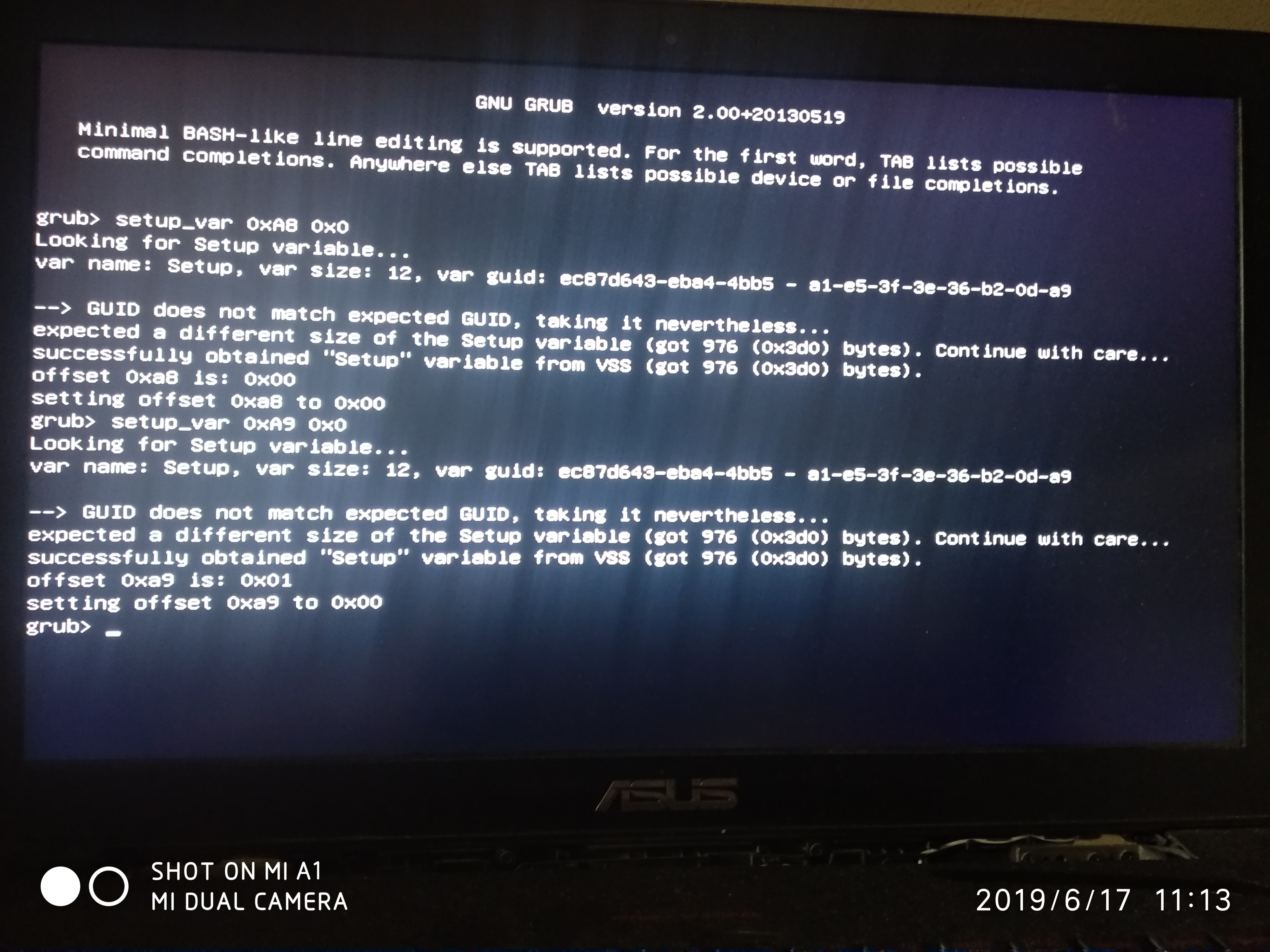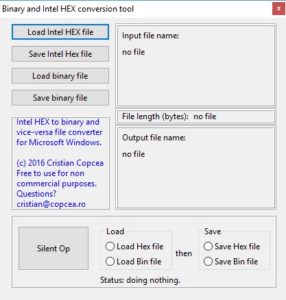

On the tab for the flash memory device you wish to target, under Files for flash conversion, click Add.Intel (Converged Security) Management Engine:ĭrivers, Firmware and Tools for (CS)ME 2-15īuilt into many Intel-based platforms is a small, low power computer subsystem called the Intel Management Engine (Intel ME).To specify the directories where you want the flash programmer to store the generated flash files and script, click Staging Directories in the Options menu and specify the script and flash-files directory paths.Run From Reset After Programming-Runs the processor from its reset vector after flash memory programming is complete.Erase Flash Before Programming-Erases the entire flash memory before writing each flash file to it.Program Files-Programs flash memory with the generated flash files.On the Options menu, turn on the actions you wish to perform.

To generate flash files or to write to flash memory using your flash programmer settings, perform the following steps: Depending on your application, you might find it more convenient to use the Zip Read-Only File System, rather than storing raw binary data in flash memory.įor information about the Intel FPGA Zip Read-Only File System, refer to the "Read-Only Zip File System" chapter in the Nios® II Gen2 Software Developer’s Handbook. The Nios® II EDS provides the Intel FPGA Zip Read-Only File System software component, which is an easy-to-use tool for storing and accessing data in flash memory. zip) - Contains a read-only zip file system associated with your Nios® II software application project Intel FPGA Zip Read-Only File System File (.elf)- Contains your executable application software The flash programmer can generate flash files from the following different file types: The Nios® II Flash Programmer can generate flash files, program the flash memory with a flash file, or both.


 0 kommentar(er)
0 kommentar(er)
